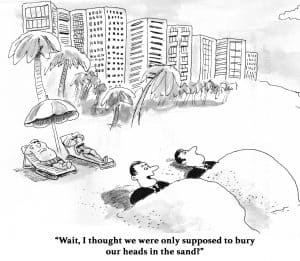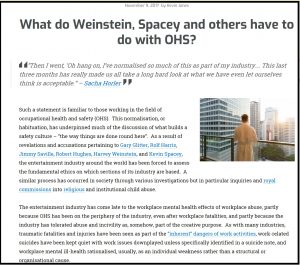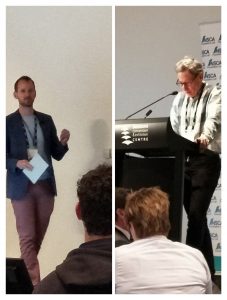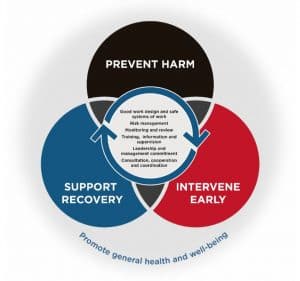 Dr Rebecca Michalak has just published an extraordinary article calling on the Human Resources profession and many others to take a good, hard look at how they treat workers who may have been subjected to psychological pressures at work.
Dr Rebecca Michalak has just published an extraordinary article calling on the Human Resources profession and many others to take a good, hard look at how they treat workers who may have been subjected to psychological pressures at work.
Human Resources personnel could feel particularly hard done by but Michalak stresses that there are many players in the process of creating and managing psychologically healthy workplace and of not adequately managing psychologically injured workers. She makes her proposition clear up front:




